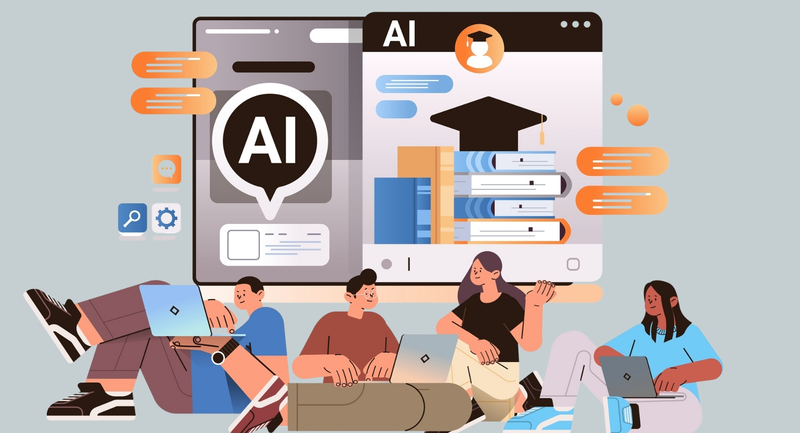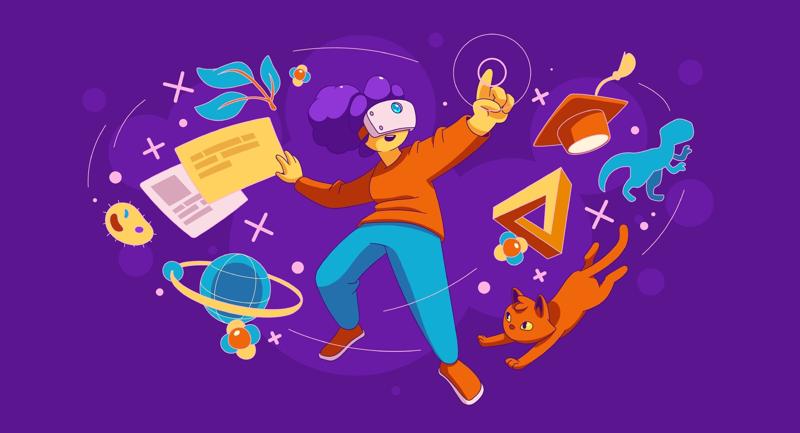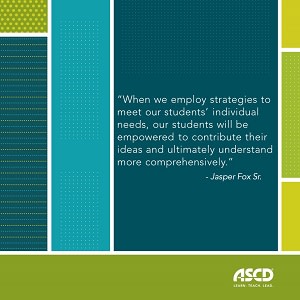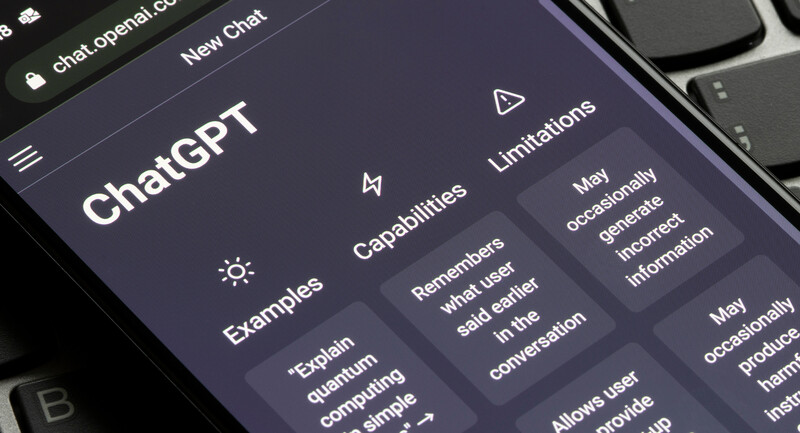By Patrick Hausammann
Unprecedented. Crisis. State of Emergency. All of these words describe the time we find ourselves in, both in the U.S. and around the world. Since March 13, school districts across the country have had weeks and weeks filled with impromptu meetings, a mountain of shared resources, questions, and questions spurred by the aforementioned questions. Few, if any, answers are easy to come by.
My school district, like so many others, needed a plan and needed it quickly. It had to be able to change quickly, often, and be communicated with ease. As we divided tasks at a district level administration meeting, each of us were sent in different directions, with assistance where possible, to create our segment of the plan for learning, communication, resources, and more during a school closure that would eventually extend through the 2020-21 school year. What follows are the first three tenets of the plan we developed.
- Start small and with what you know
Teachers, administrators, and coaches (instructional and technology) were overwhelmed by the abundance of resources that were shared with impressive speed following school closure announcements. One of the first cautions we sent out and added to our Technology Guidance for the CCPS Division Closure doc was to not launch into new tools being offered for free during the school closure. The change from face-to-face instruction to remote or distance learning online is shocking enough without the burden of learning new tools and their best uses. This is not an optimal time to get up to speed with a new learning management system (LMS), engagement tool, or any other piece of ed tech. If possible, start small and with the tools that you already know and use. For example, before the pandemic, my district used G Suite for Education, including the productivity suite of Google Docs, Sheets, Slides, Forms, etc., alongside the streamlined LMS-like Google Classroom. We continued to use Google Classroom alongside other tools we used already, like Nearpod, Flipgrid, ST Math, and Imagine Learning.
2. Don’t introduce new tools for students
No student should be forced to confront and navigate a school closure and all of the difficulties that come with it (least of which may concern school) and also be required to learn new software or tools to complete work. Mastering content should not have the added component of learning/mastering a new technology or tool. In my nearly 10 years of ed tech coaching experience, I’ve learned that much of the magic beneath the surface of ed tech lies with the new and innovative uses of technologies already known and used. The precise uses that are now becoming more and more prevalent as forced creativity inspires educators to innovate new, more in-depth, or remotely guided uses of already mastered tools. Simply because it isn’t the newest and shiniest tool doesn’t in any way mean that it isn’t just as good, or even better, than new tools. As always, think of the students first when planning.
3. Let your teachers explore to create learning experiences
Encourage and even offer training and resources on utilizing social media, blogs, and virtual training avenues to learn about further uses of current tools, new tools, and more. If students need to use a tool that wasn’t introduced before the closure, teachers should create custom tutorials for their students with their voices and faces guiding students in exactly how the resource will be used. Students should see the tool exactly as they will when they use it. However, teachers should be free to create simple consumables (those that don’t require a learning curve to use the tool; just knowledge already in mind of technology) with new tools without this requirement. They know their students better than anyone and we must trust them to know what is best and what students can handle. This can be an amazing time for educators to explore and master new technologies and this should be encouraged to the fullest extent. However, we must be cognizant of not passing an extra learning burden onto the students.
4. Offer training for staff, students, and guardians
From the very onset, professional learning opportunities should be part of the ed tech conversation for all stakeholders, including staff, students, and guardians. A school closure will affect everyone, not just teachers and students. Administrators have not led others through a time like this, nor have parents and guardians aided their children during such a time. Some fortunate schools had time to train staff face-to-face before buildings were closed to all, while others created PL options online both asynchronously and synchronously. Regardless of how you offer training, make it available after the time it is released or live and be sure to include all stakeholders or offer separate sessions for each. Many aspects of remote learning will be new for these groups.
Be sure to think of entry level training options, as well as more advanced ones. For example, some parents or guardians may be in need Chromebook training, as they may not have ever used one before. Some teachers may need higher level Google Classroom, Forms, Docs, Screencastify or Flipgrid training. All may benefit from digital citizenship and cybersecurity lessons. As you develop your PL plan, be sure not to stop at how-to training, but go deeper to provide clear examples and samples that can be used as-is or with minimal adjustments.
5. Support, support, support
Though this shouldn’t be different than any other time in the world of ed tech, plan for support throughout the closure. This will take multiple forms from tech support (log-ins, passwords, hardware breaks, needed updates, etc.) to instructional support (how to use tools, examples and samples of use with students, best practices in remote/distance learning, etc). Create simple ways, like a tech support email address or Google Form, for teachers, administrators, and guardians to seek support. Recognize that the needed support will not stop in these two realms; schools must also think of social and emotional support (safe ways to connect to peers, reporting bullying, etc.), screen time recommendations, and more. Be careful to set realistic expectations for both work hours and response time to issues or needs reported. At no time should any stakeholder connected to the school or schools feel that they do not have an avenue to seek support. If this occurs, disengagement and/or complete withdrawal will follow closely behind.
6. Communication and collaboration are key
Two things that can help enhance ed tech or may even make it possible are constant two-way communication and collaboration. Just like training and support, communication should be conducted with all stakeholders and provide information as soon as it is prepared, organized, and double-checked. Utilize a team to vet and review communication before it goes out to ensure that information is correct and as current as possible. Communication should be distributed through multiple mediums if possible, such as through email, phone, messaging app or service, video, online software like Flipgrid, through a LMS, etc. Be sure to provide multiple avenues to receive return communication, questions, and feedback as well. Ensure that time is set aside for review of questions and feedback to provide answers and act on valuable feedback.
This communication is one component of collaboration that will also be enhanced by technology. Collaboration should help to maintain up-to-date and accurate communication leaving the school and acting on feedback. Another equally important and powerful avenue of collaboration that will be fueled by ed tech should occur between teachers and administrators both horizontally and vertically. Elementary administrators should meet with those of other school levels to ensure, where possible, all are communicating, instructing, grading/providing feedback, etc. in alignment. The more aligned the efforts are, the easier it will be for families to know what is expected, how they will complete work, and how to get assistance. This is especially true of families with children at more than one school level.
In order for this to be effective, silos should be fully disintegrated for teachers planning instruction at all levels. At the same time, all teachers at each grade level and/or content area should collaborate within their building and outside of it to the others in the district if possible. Collaboration helps educators understand that they don’t have to navigate this unprecedented time in education alone.
Equity and ed tech
Though not included above, there are two things within the world of ed tech and education that should be thought of and help guide nearly every decision made. Equity and students with special needs (special education, English Language Learners, economically disadvantaged, and more) should be considered in whenever decisions are made within the realm of ed tech as well as everywhere else in education. With respect to distance learning, these areas have become exponentially more difficult to ensure that all needs are met, all can participate, and all can receive as equitable of a learning experience as is possible. It’s important to utilize teams that include specialists in ed tech, content areas, special education, language, social work, counseling, and any others that align to the specific needs of students whenever possible. One idea, different perspective, resource, or use of a specific ed tech tool could be the difference between all students learning and growing together and some students being left behind.
Regardless of the path your team plans for its students, educators, administrators, and community to follow, do your part to assure that all students are considered when decisions are made and lessons are planned. We are all, and should truly feel and believe, that we are all #InThisTogether and #BetterTogether.
Resources








